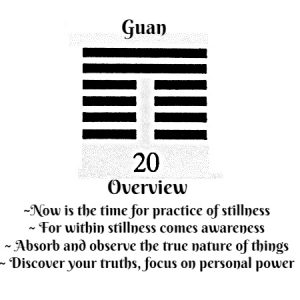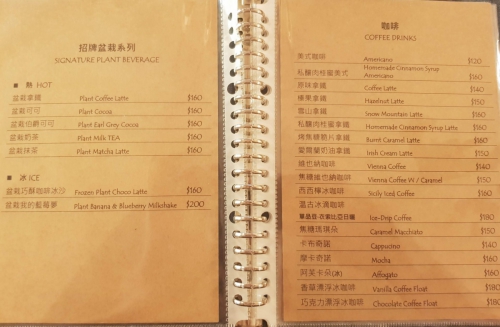
In other words, they show an overall literary polish together with some general stylistic consistency. Whether the various Shijing poems were folk songs or not, they "all seem to have passed through the hands of men of letters at the royal Zhou court". Confucius commented on it, and it was traditionally given special interpretive weight. The first song of the "Airs of the States", "Fishhawk" ( Guān jū 關雎), is a well-known example of the category. They often speak of love and courtship, longing for an absent lover, soldiers on campaign, farming and housework, and political satire and protest. The "Airs of the States" are shorter lyrics in simple language that are generally ancient folk songs which record the voice of the common people. The content of the Poetry can be divided into two main sections: the "Airs of the States", and the "Eulogies" and "Hymns". According to the Eastern Han scholar Zheng Xuan, the latest material in the Shijing was the song "Tree-Stump Grove" ( 株林) in the "Odes of Chen", dated to the middle of the Spring and Autumn period ( c. A final section of 5 "Eulogies of Shang" purports to be ritual songs of the Shang dynasty as handed down by their descendants in the state of Song, but is generally considered quite late in date.

The majority of the Odes date to the Western Zhou period (1046–771 BCE), and were drawn from around provinces and cities in the Zhongyuan area. The Classic of Poetry contains the oldest chronologically authenticated Chinese poems. Before its elevation as a canonical classic, the Classic of Poetry ( Shi jing) was known as the Three Hundred Songs or the Songs.

In English, lacking an exact equivalent for the Chinese, the translation of the word shi in this regard is generally as "poem", "song", or "ode". The same word shi later became a generic term for poetry. The Odes first became known as a jīng, or a "classic book", in the canonical sense, as part of the Han Dynasty's official adoption of Confucianism as the guiding principle of Chinese society. Since the Qing dynasty, its rhyme patterns have also been analysed in the study of Old Chinese phonology.Įarly references refer to the anthology as the 300 Poems ( shi). It is also a rich source of chengyu (four-character classical idioms) that are still a part of learned discourse and even everyday language in modern Chinese.

It is one of the " Five Classics" traditionally said to have been compiled by Confucius, and has been studied and memorized by scholars in China and neighboring countries over two millennia. The Classic of Poetry, also Shijing or Shih-ching, translated variously as the Book of Songs, Book of Odes, or simply known as the Odes or Poetry ( 詩 Shī), is the oldest existing collection of Chinese poetry, comprising 305 works dating from the 11th to 7th centuries BCE. The first song of the Classic of Poetry, handwritten by the Qianlong Emperor, with accompanying painting.


 0 kommentar(er)
0 kommentar(er)
